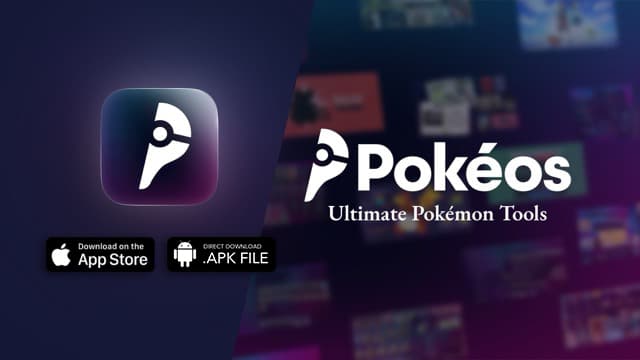
As someone who grew up rinsing batteries on a Game Boy for just one more encounter, I want Pokémon to swing for the fences. So when the so-called “Teraleak 2” started circulating-reportedly outlining internal roadmaps and, crucially, development budgets-I was floored. If true, Pokémon Scarlet and Violet allegedly cost around €18.7 million to develop. That’s pocket change next to the hundreds of millions we see for modern tentpoles like The Last of Us Part II, Marvel’s Spider-Man 2, Cyberpunk 2077, or Call of Duty entries. For context, those can range from roughly €200 million to €700 million depending on how you count. The spread is wild.
But here’s the kicker: the more I sat with it, the more it tracked with how The Pokémon Company has operated for decades. The games aren’t the end goal—they’re the showroom floor. And when the storefront keeps printing money through merchandising, cards, anime, toys, and theme collabs, it’s easy to see why the “game budget” line stays lean.
Pokémon isn’t just a game series—it’s the world’s biggest entertainment brand. Old analyses (like those often cited by Visual Capitalist) have long shown where the money is: merchandising and licensing dwarf game sales. From plushies and trainers to the trading card boom and Netflix tie-ins, the business is built on cultural ubiquity, not render budgets. That makes the console games invaluable as cultural events, but not necessarily as tech showcases.
When your profits are driven by how many kids, teens, and nostalgic adults wear your brand on their sleeves, your priorities skew differently. You optimize for release cadence (to align with anime seasons, card rotations, and holiday shelves) and brand reach. You don’t greenlight a five-year, $300 million dev cycle that risks missing the merch window. Frankly, Pokémon has proven it can sell 20+ million units even when the games run rough. Why would that boardroom logic change?

It also helps explain Game Freak’s long-standing team size and tool choices. For years, the studio has shipped on a clock—Sword/Shield, Legends: Arceus, Scarlet/Violet—each pushing design ideas forward in modest ways, but rarely investing in the kind of engine overhauls and tech pipelines you see at Sony Santa Monica or Insomniac. It’s a calculated trade: keep budgets lean, deliver “good enough” to sustain the brand, let the rest of The Pokémon Company monetize the halo.
Important caveat: budget comparisons aren’t perfect. Some figures include marketing; others don’t. Accounting differs across regions. Parts of Pokémon’s spend could be buried in broader brand budgets. Even so, the delta here is too big to hand-wave away.
We’ve felt the consequences firsthand. Legends: Arceus was a bold shake-up with its catch-and-sneak loop, but it looked like a PS2 fever dream in places. Scarlet/Violet nailed moments of writing and nailed the vibe of open exploration, yet stumbled across performance cliffs—pop-in, hitching, muddy textures. Patches helped, DLC added substance, but the ceiling remained low because the foundations weren’t built for a higher ceiling.
If The Pokémon Company isn’t incentivized to change, don’t expect a sudden jump to “Nintendo first-party sheen” levels of polish. Instead, expect smart iteration within constraints: tighter scope, stylized art direction to mask hardware limits, and systems refinement over spectacle. Think more “better loading and encounter pacing” than “jaw-dropping open world with ray tracing.”
So what should we expect from Legends: Z-A? Probably the Arceus playbook with cleaner execution: focused zones, bespoke encounters, and a tighter presentation—rather than a sprawling, tech-heavy open world. If it lands on current Switch hardware, performance will likely be “fine” rather than transformative. If it slips to a successor device, we might see stability gains but still not a AAA-budget glow-up.
I’d love to be wrong. Give Game Freak the time and tools, and Pokémon could absolutely deliver something generational. The team’s design instincts are there; you can see them in Arceus’s capture flow and Scarlet/Violet’s narrative beats. But incentives drive outcomes. Until the game is more than a brand engine, it’s hard to imagine The Pokémon Company tripling dev spend for artistic ambition alone.
Those leaked budgets—if accurate—aren’t shocking once you accept the business: Pokémon games are the billboard for a merchandising empire. Expect iterative design and steady sales over technical showpieces. If we want a true revolution, it’ll take a new incentive structure—or a rare decision to prioritize ambition over the safest cash flow in gaming.
Get access to exclusive strategies, hidden tips, and pro-level insights that we don't share publicly.
Ultimate Gaming Strategy Guide + Weekly Pro Tips